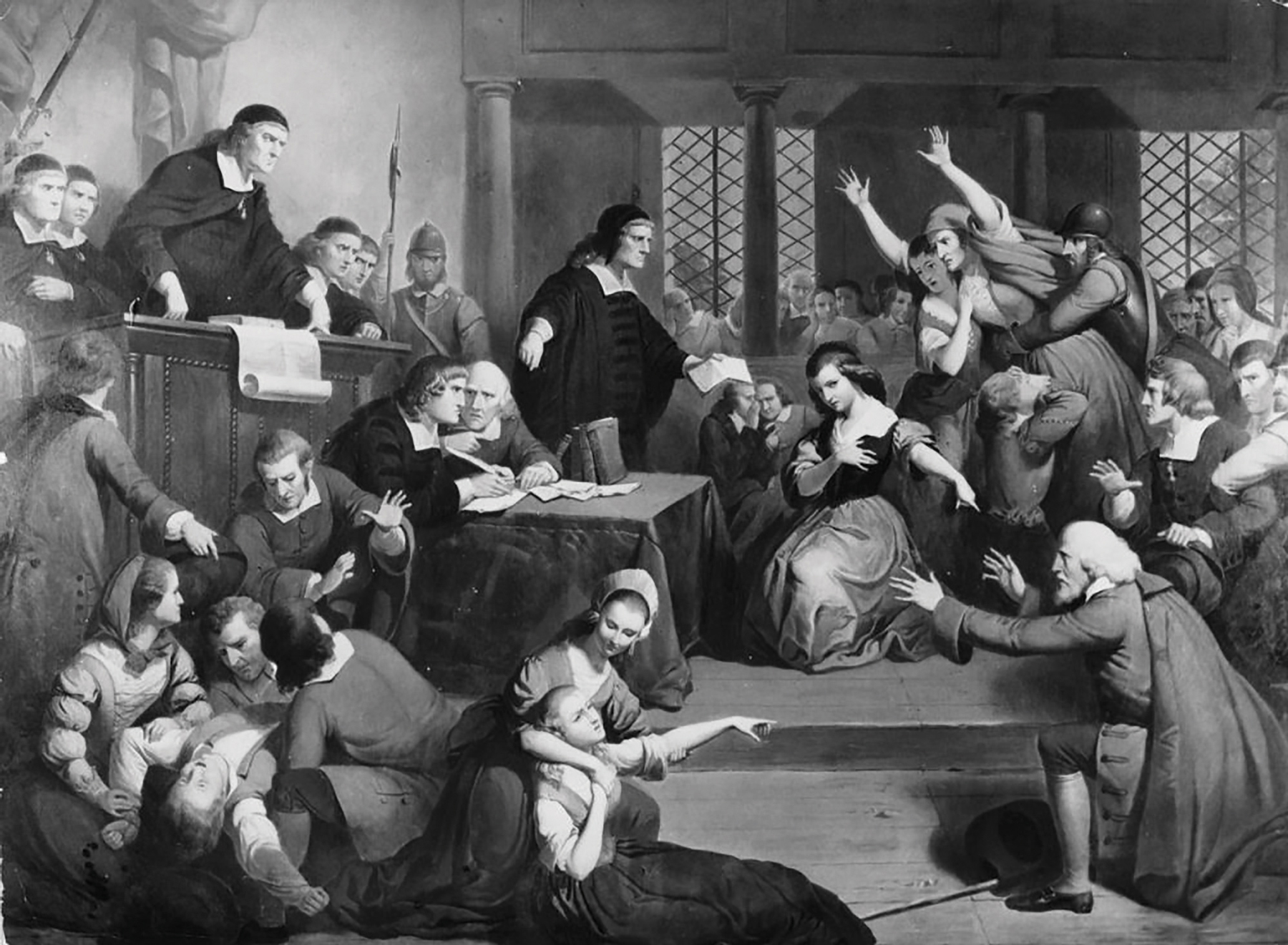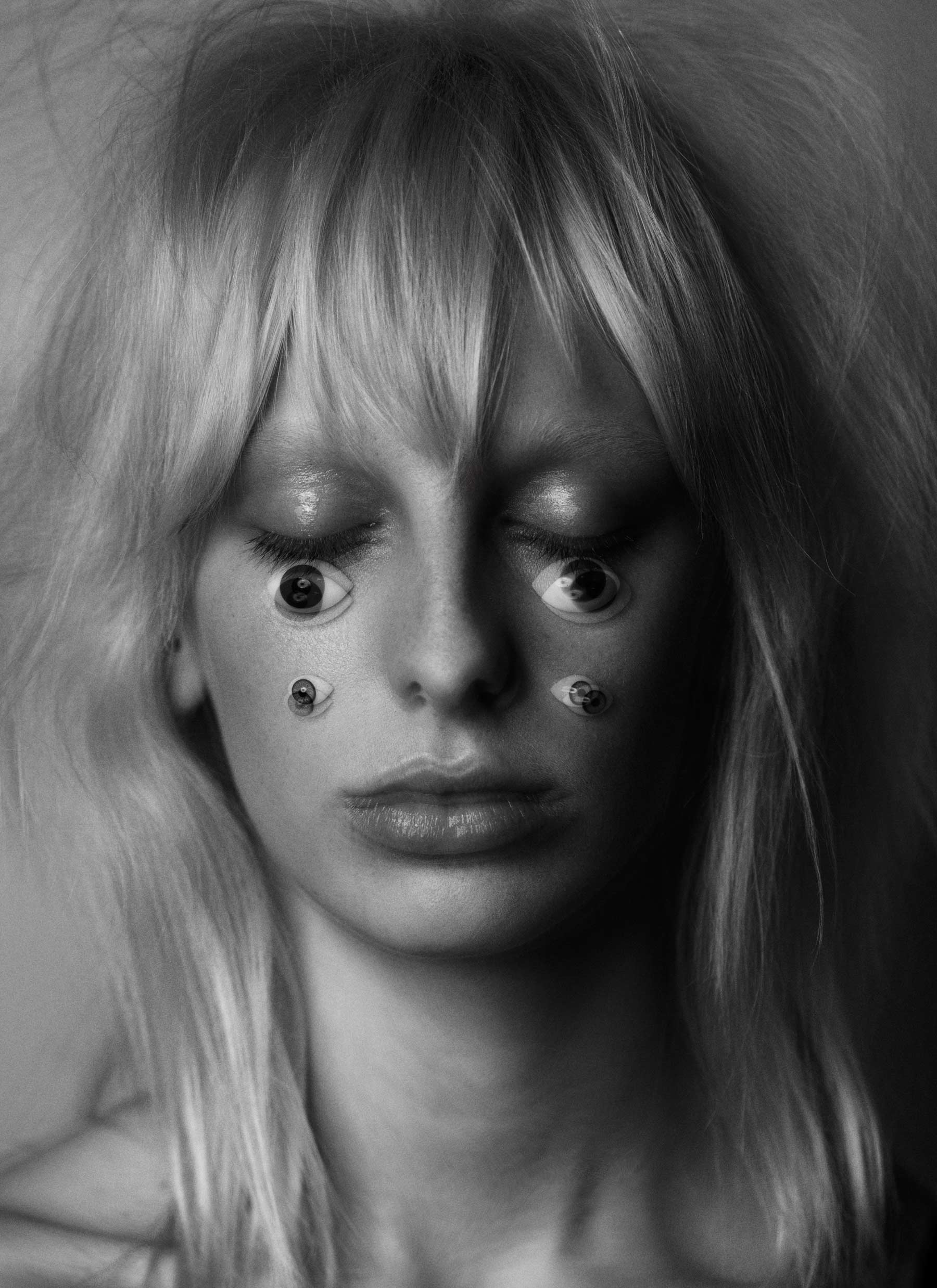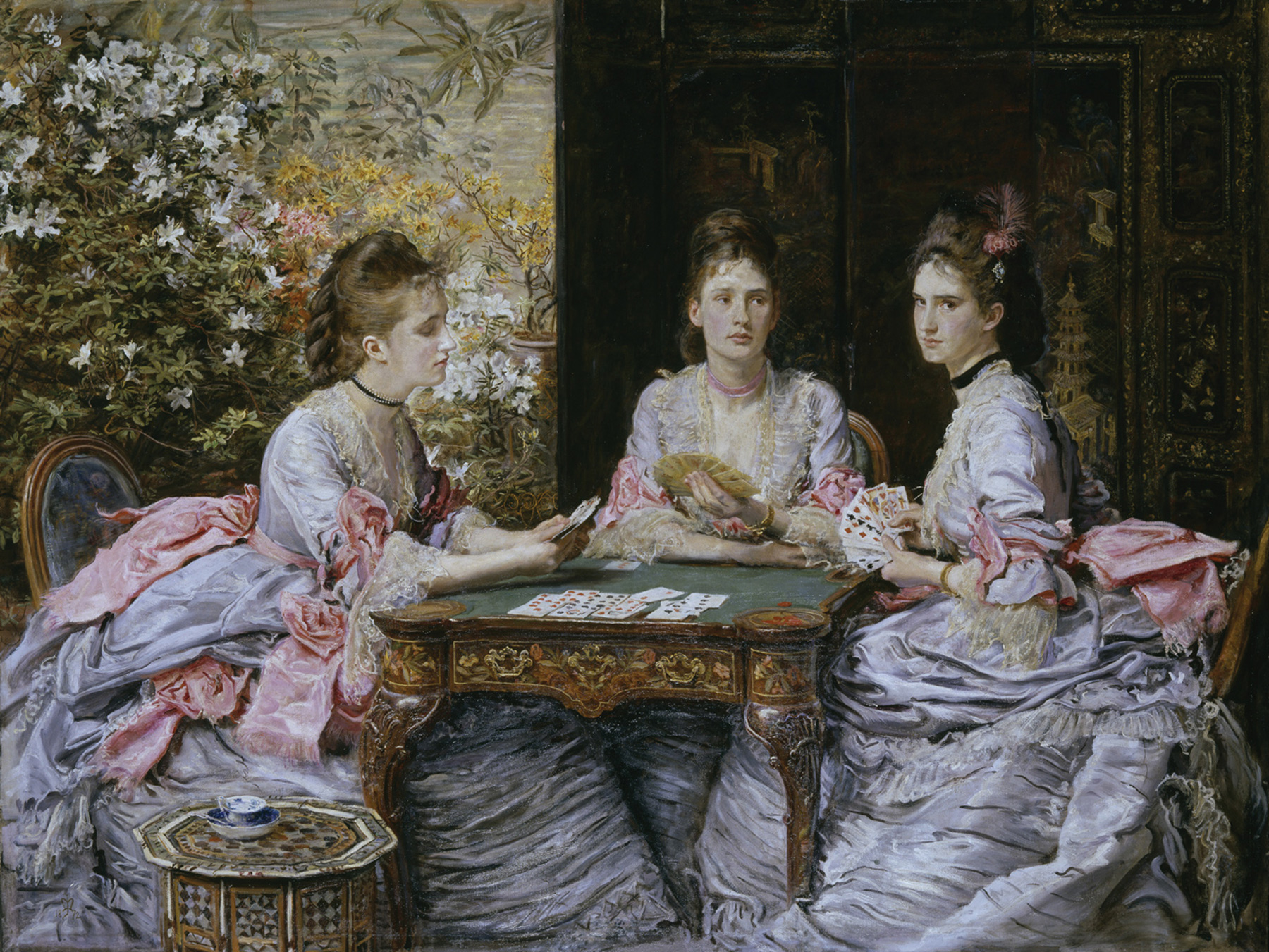When compared with their past incarnations, it seems as though reinterpretations of the witch have been cast in a far kinder light. Death and otherness are present still, but what is it exactly, beyond the unearthing of a grand literary convention and ancient exiles, that continues to intrigue?
The witch occupies a decent corner of the internet—fringe, still, but not unwelcome. Rookie Magazine, the teengirl website which caters to concurrent appetites for fashion and feminism, publishes tarot tutorials. Tumblr blog Charmcore mixes images of celebrity ‘modern witches’ with the answering of anonymous queries one would expect from a teen audience. Between tips for the successful manoeuvring of millennia-old relationship queries and home-concocted spells to divine the future, one can almost taste the tangible appeal of spirituality and coven-like belonging in a digital age where IRL connections seem sparser than ever.
These girls, offbeat as they are, have been exhibited centre stage in numerous collections. The witch's allure is clear: a woman who believes in her own spirituality and strength, an internalised force and a conduit for an intuitive power. Thom Browne’s Fall/ Winter 15 collection featuring unhinged witch-queens with surreal proportions; Phoebe English and her deconstruction of the layers of a pagan witch in Spring/ Summer 15, complete with a magic circle; AF Vandervorst’s deliciously macabre witches introduced during Fall /Winter 15, masked with folklore-inspired headgear.
Their spiritual ancestors did not enjoy such a pedestal. Historical accounts recount hog-tying a woman with rocks and throwing her into a body of water. The infamous Salem trials went further with their peine forte et dure (torture following death by the weight of rocks). The staples of lore are equally unforgiving to the witch, with her throaty chants to a cold fruitless moon foretelling destruction, famously referenced by the triumvirate of witches in Shakespeare’s Macbeth. A smear campaign, perhaps, against Europe’s pagan past with the advent of Christianity.
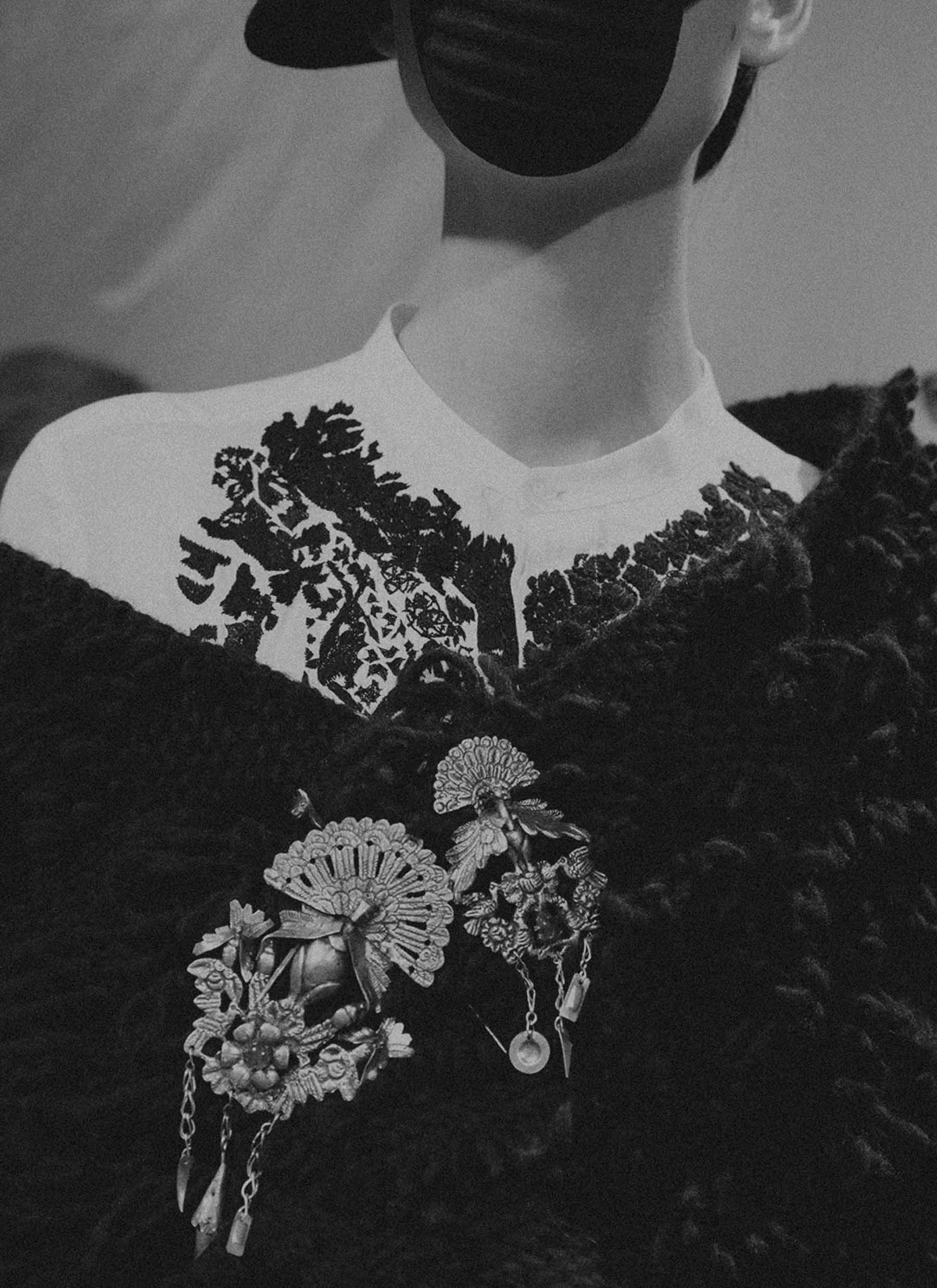
The reclamation of such iconography is given added potency, under the feminist narrative. Although the witch may not be the only female stereotype in folklore, her story resounds due to historical brutalities inflicted upon her, in a system enforced by men of logic or religion. “I think we like to identify with the stories of the women who were persecuted in the past,” remarks Beth Madison, tarot columnist of queer female website Autostraddle.
More often than not, this character may be found lurking on the outskirts of popular society, her headquarters set in the bower of a very haunted grove. In the forest, where nature reigns supreme, human fears are underscored by their desires, and the polarity of civilisation contrasts the thrilling unknown, neatly paralleling the potential dualities of the self. Within her moonlight wood, the witch embraces her more primal instincts, unshackled from society.
Fashion is no stranger to these desires, perhaps best encapsulated by the late Alexander McQueen. His 1992 graduation collection was titled Jack the Ripper Stalking His Victims (McQueen, 1992). A pink, thorny tail-coat stands out amidst the deepest darks and reds, lined with white silk with embedded with human hair (his own, in earlier collections).The red and black ostrich-feathered dress with its blood red medical slides in his eponymous Spring/ Summer 01 collection came with the quote: There is blood beneath every layer of skin.
If one expands the polarity within an individual to society, the gothic genre becomes a discussion of the ‘other’. It is an exploration of beings that do not fit within the generic norm: the unnamed Frankenstein's monster, the spectral young brides of the Willis corps de ballet. Literary tradition aside, how different are these characters from the witch-girl, whose superstitions are shunned by the self-professed normal?
It was pre-modern social imagery that allowed such conventions. Humans saw themselves as a minute part of a specifically designed cosmos, and the existence of the supernatural served to demonstrate unexplained phenomena. The act of shunning served to reaffirm this world view. With the advent of enlightenment, industrialisation, and increasing emphasis on scientific inquiry came tools to understand phenomena; superstition receded.
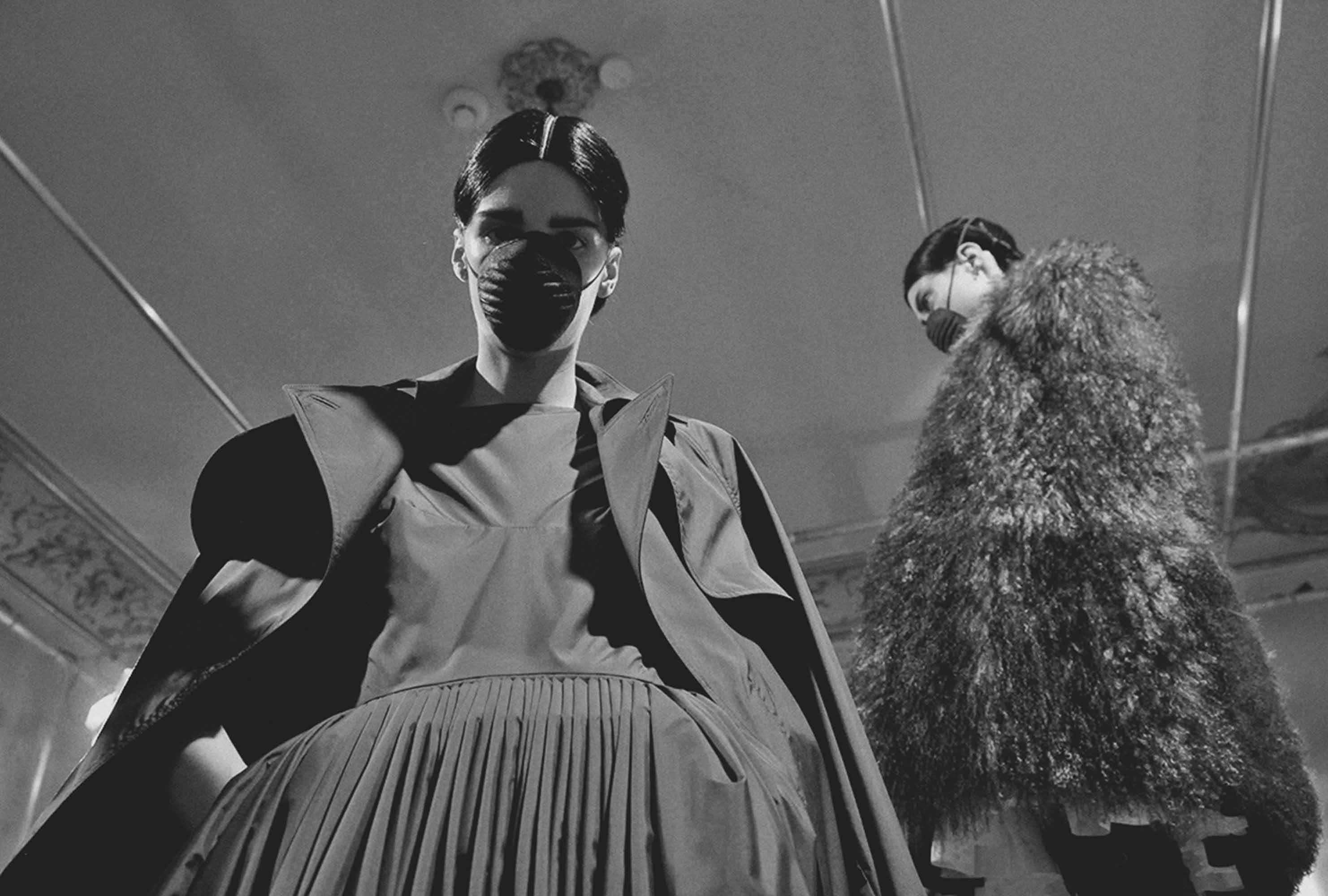
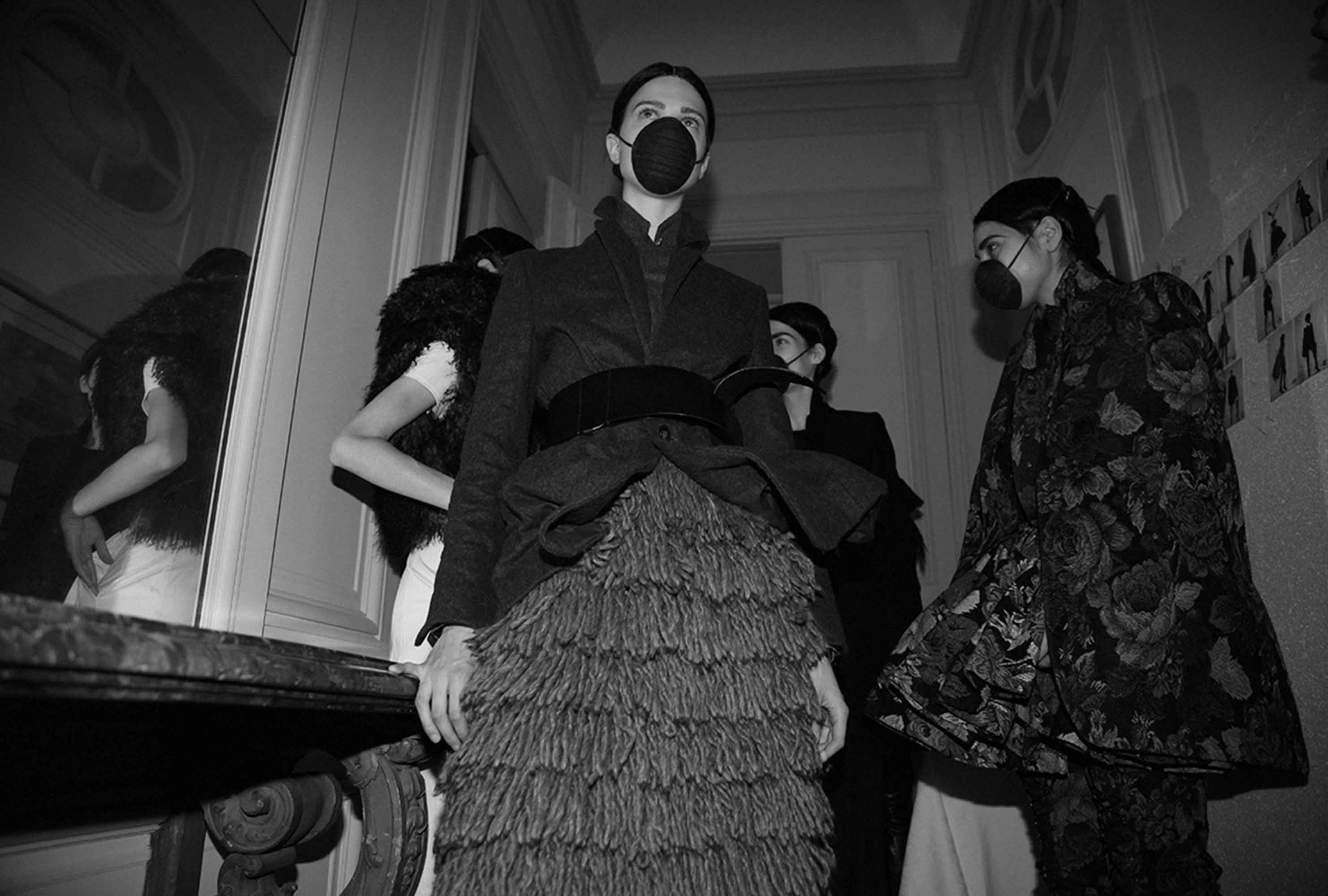

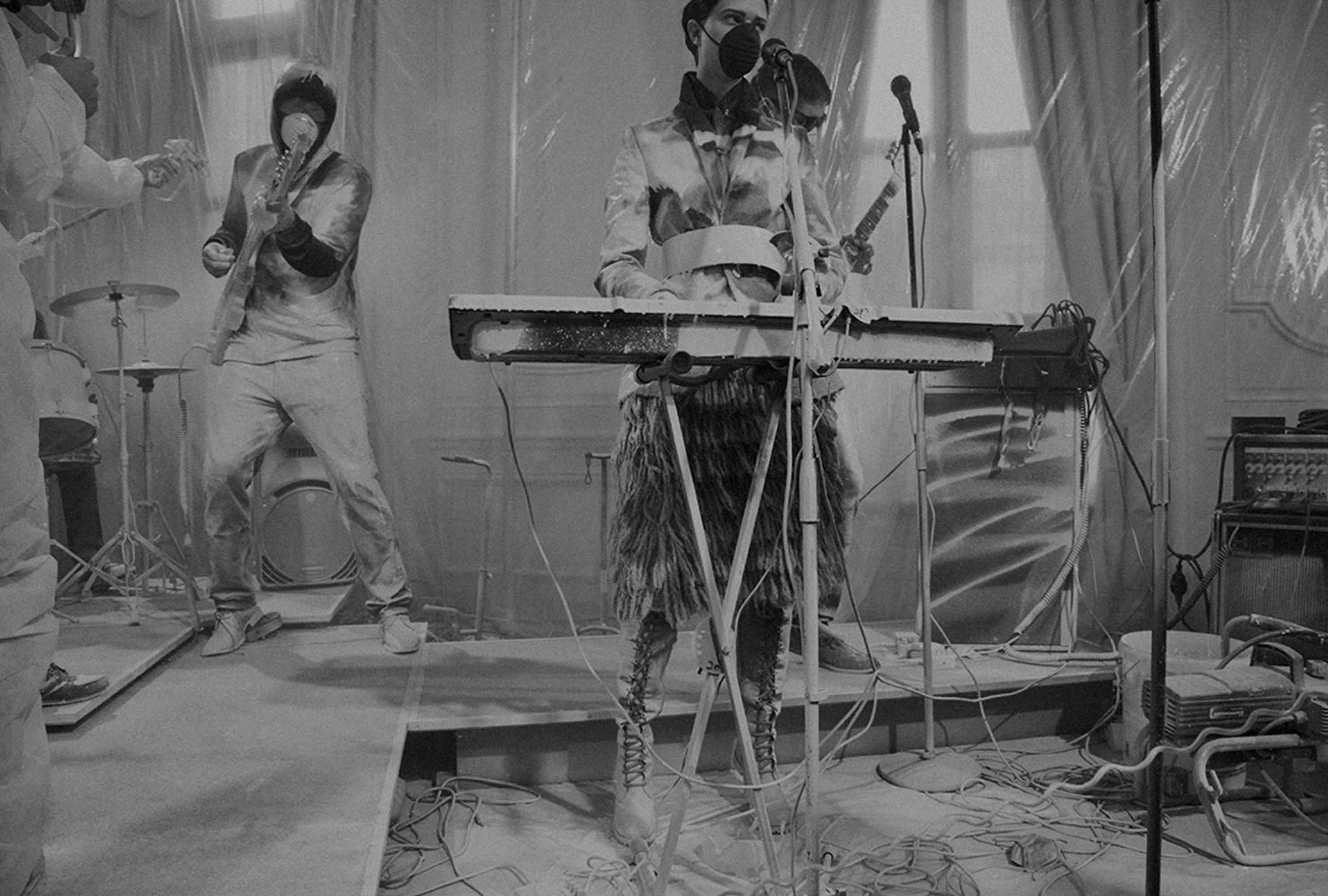
Why, then, the reinvention, the fascination, and the unearthing of such backward conventions now? The increasingly euphoric celebration of diversity today might shed some light. Most of our forebears, in whichever society, often had a strict code of conduct. Disgrace befell those who did not conform. While the witch embodies freedom lost to women of the past, the gothic genre was a beautiful vehicle to explore otherness. The experience is similar—an inability to articulate what one truly is, the constant hiding, subjection to attacks. An inability to belong.
Eventually, though, one might also argue that the appropriation of such a theme into what is now popular media is almost antithetical to its origins—now celebrated, the witch and the allure of the gothic has gone, for the lack of a better word, mainstream. The melancholy of loneliness, the constant fear, the darkness that permeates the genre have, oddly, become tropes. Inspirations which once whetted the appetites of designers have been diluted, articles of clothing reminiscent of the gothic dress diffused to the masses.
Large black shawls, draped, all-black ensembles and the many derivations of the smoky eye—by popularising the aesthetic of the witch, and turning it into just another gimmick of fashion, what can it be said to truly symbolise?
Young girls covet it, designers consistently borrow artefacts from it—the witch and her implications have always had an enduring appeal. Perhaps it is history, and the sense of continuity, and with it, the delirious idea of belonging to an ephemeral something, that fascinates us. Whether it is past failures, past shame, or past blame, they remain the same human experiences. Acknowledgement of the dark underbelly of society is what attracts us. And if owning a tangible piece of that shared suffering inducts you into the coven of sister-witches across the ages, if wearing it like an amulet imitates the ritual of subversion, then is it any wonder that the witch lives on?
